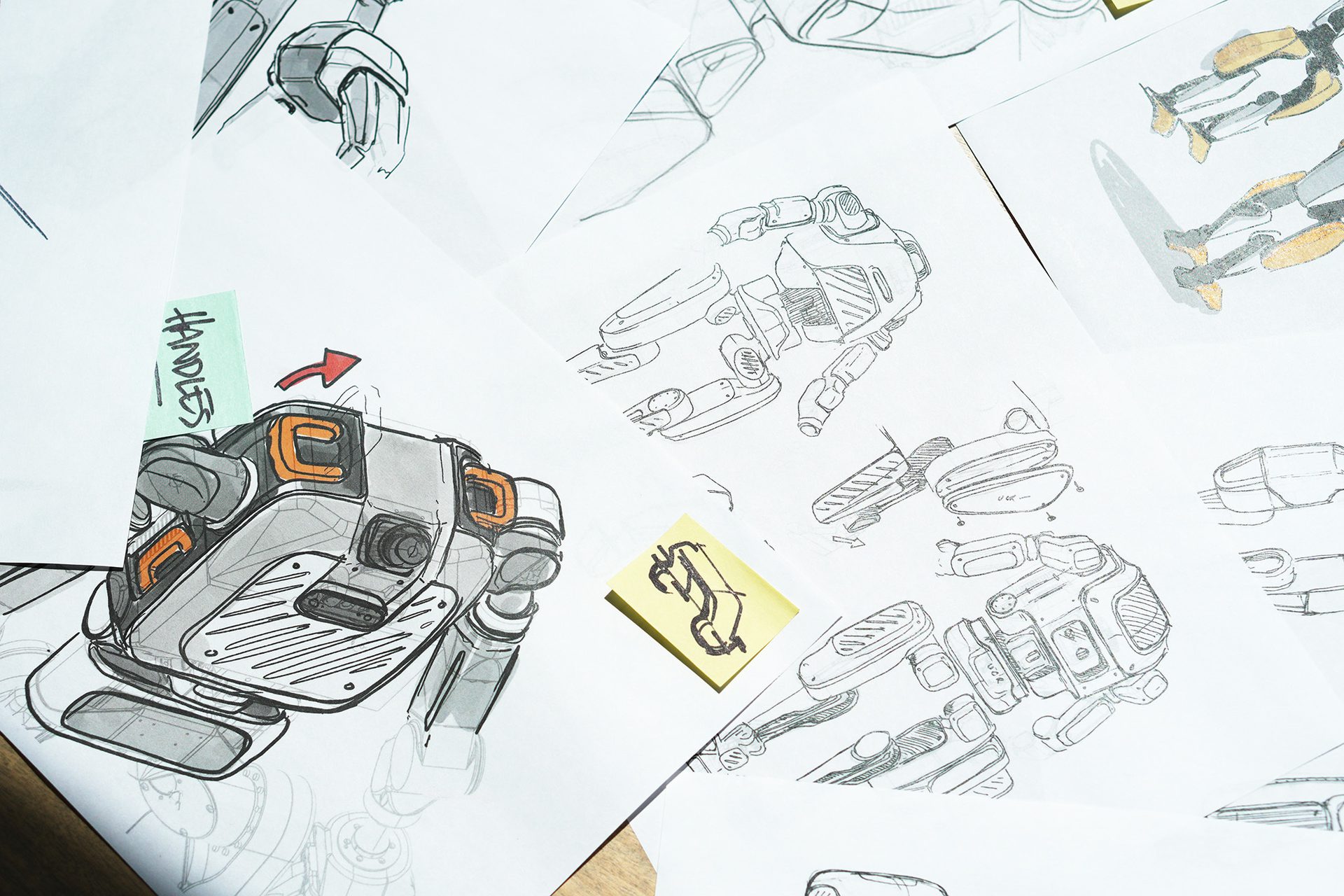
Technology
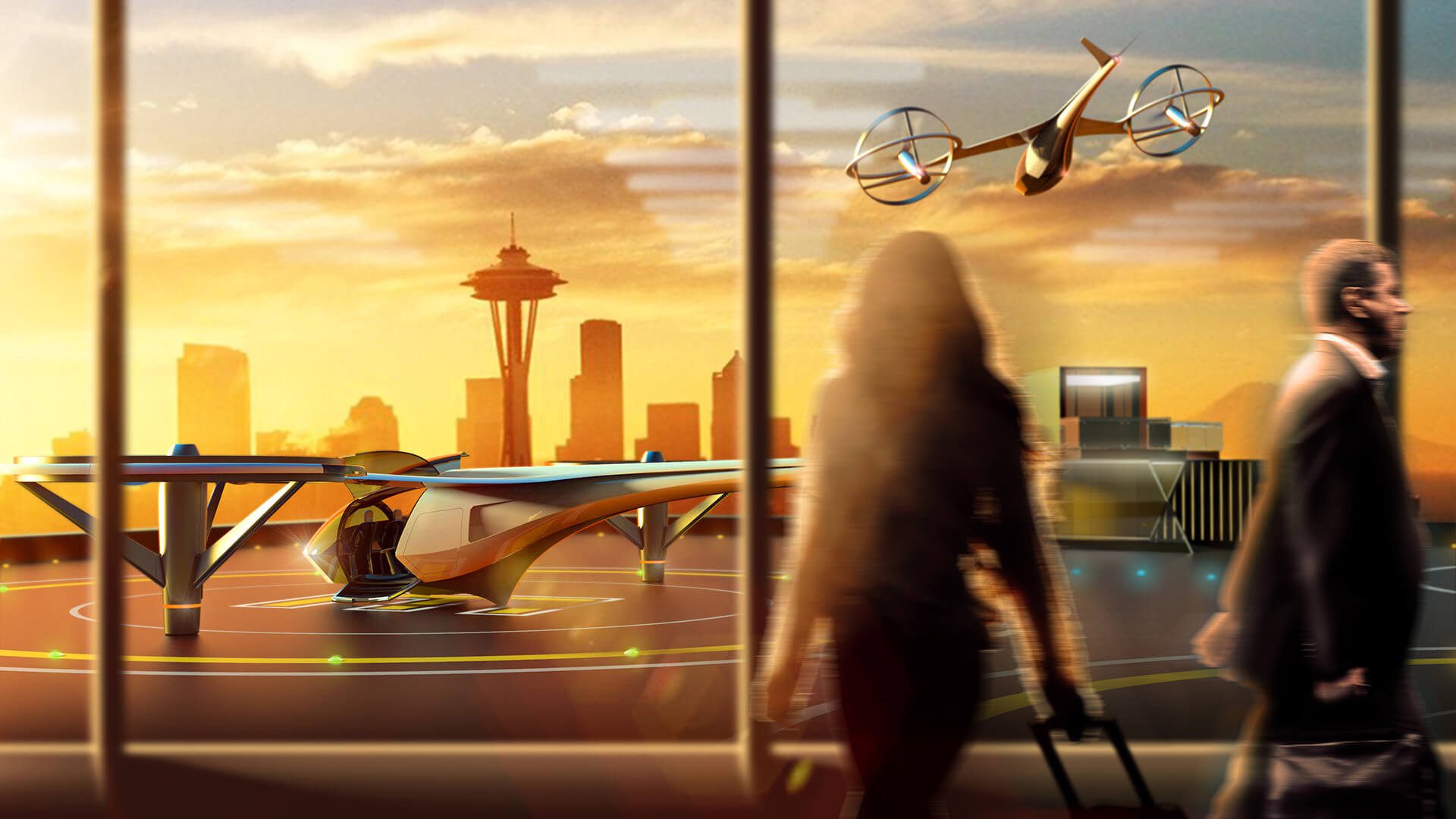
Devin Liddell | Principal Futurist

Devin Liddell
Devin designs preferred futures in aviation, automotive, smart cities, personal mobility, space travel, and more.
Connect with Devin on LinkedIn
The future of urban air mobility is often represented in utopian images. A wealth of fanciful renderings show flying vehicles taking off and landing vertically from glittering vertiports. The people represented in these portrayals live in fantastical futures of high-tech cities, maneuvering experiences that we only know from science fiction films. This is the shiny vision. But what about the everyday reality of how we’ll really interact with these all-new vehicles and their supporting infrastructure?
Based on our design explorations and our experience in product strategy consulting, we believe that the first flying taxis entering service in the next three to five years will feature some surprising moments for first-time passengers. The first of these aerial vehicles will operate on short, intracity routes with about ten minutes of flight time, taking passengers between one place and another via the shortest possible route. This means flying, but this new form of mobility will be very different from what we’ve grown accustomed to with airliners, which is our existing reference point for flying. These differences will include unique pre-flight requirements, gestural interactions with machines, and opportunities to choose how we get between A and B based on our personal values.
Here are five of the most unexpected moments, along with some of the design innovations we’ll need to make them ordinary realities.
Unexpected Moment No. 1
Airports are a succession of lines, which can be dehumanizing. This is different from public transit, where the queuing for trains, subways, and buses tends to be far less rigid. For now at least, in-city flying taxi services won’t require TSA-style security checks. However, they will require passengers and their bags to be weighed. This is not about fees—it’s about safety and efficiency. These are very light aircraft, so knowing what each passenger and their belongings weigh in advance will help operators seat passengers in ways that safely balances the aircraft for level and efficient flight. Implemented poorly, though, weighing passengers could be far more dehumanizing than long lines, so this will require some extra sensitivity.
The solution is designing special capabilities into vertiports so that checking in and weighing passengers (and their bags) happens without ever forming a line. These capabilities, enabled by computer vision systems and scales embedded in walkways, can be extended to both airport and vertiport security checks as well. For passengers, the experience of moving from the curb, through the vertiport, and to a waiting aircraft is a line-free walk. Yes, you’ll be stepping on a scale so that your weight can be calculated—in many places, actually—but it’ll be invisible to you and everyone else.
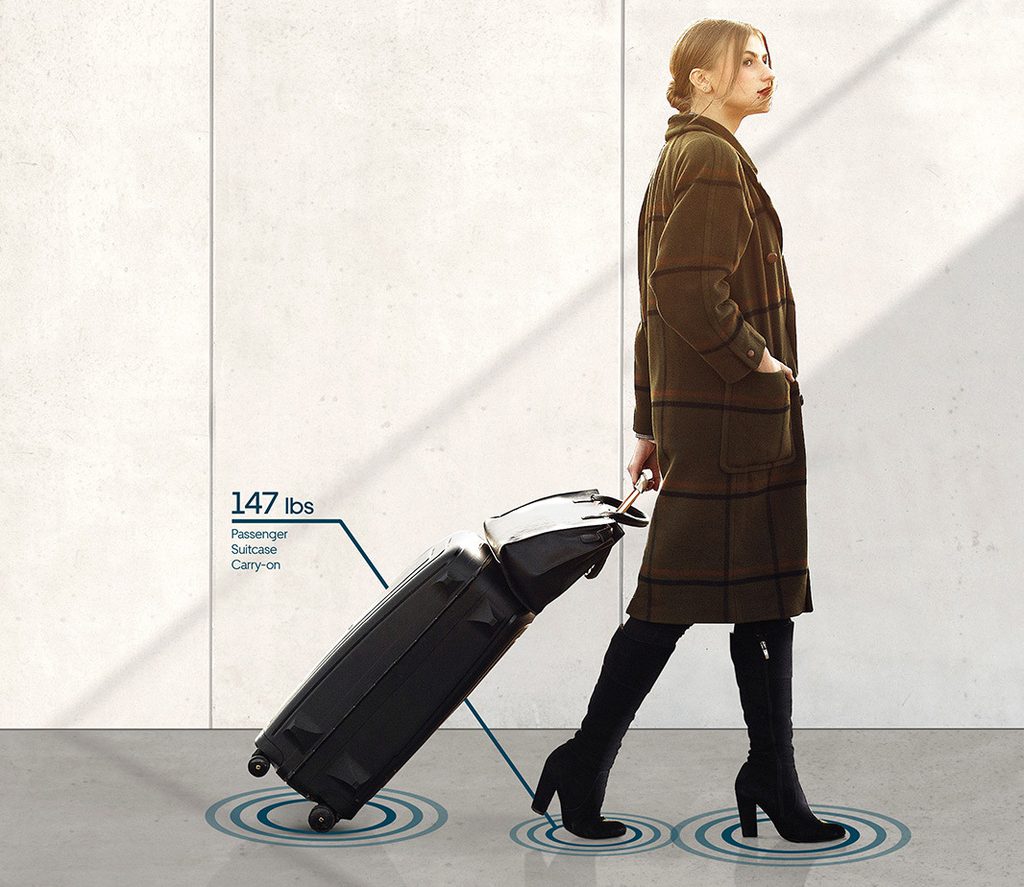
UNEXPECTED MOMENT NO. 2
Commuters frequently use headphones and earbuds while in transit to listen to music and podcasts and create a “sensory defense” against the urban environment. Since they’re already on our heads and in our ears, there are opportunities to integrate these everyday devices into the urban air mobility experience. With a hearable-based service model, passengers use their headphones or earbuds to communicate at key moments with each other and vehicle operators during the flight, such as takeoff and landing, and then listen to their own audio content at other times. While tailored for urban air mobility, this hearable-based model points to all-new possibilities onboard commercial jetliners as well. Headphone manufacturers and operators could partner to create customized, co-designed headsets that integrate with onboard systems and give passengers more control over what they hear and when they hear it. A hearable-based model might even end the use of antiquated call buttons and PA-based in-flight announcements.
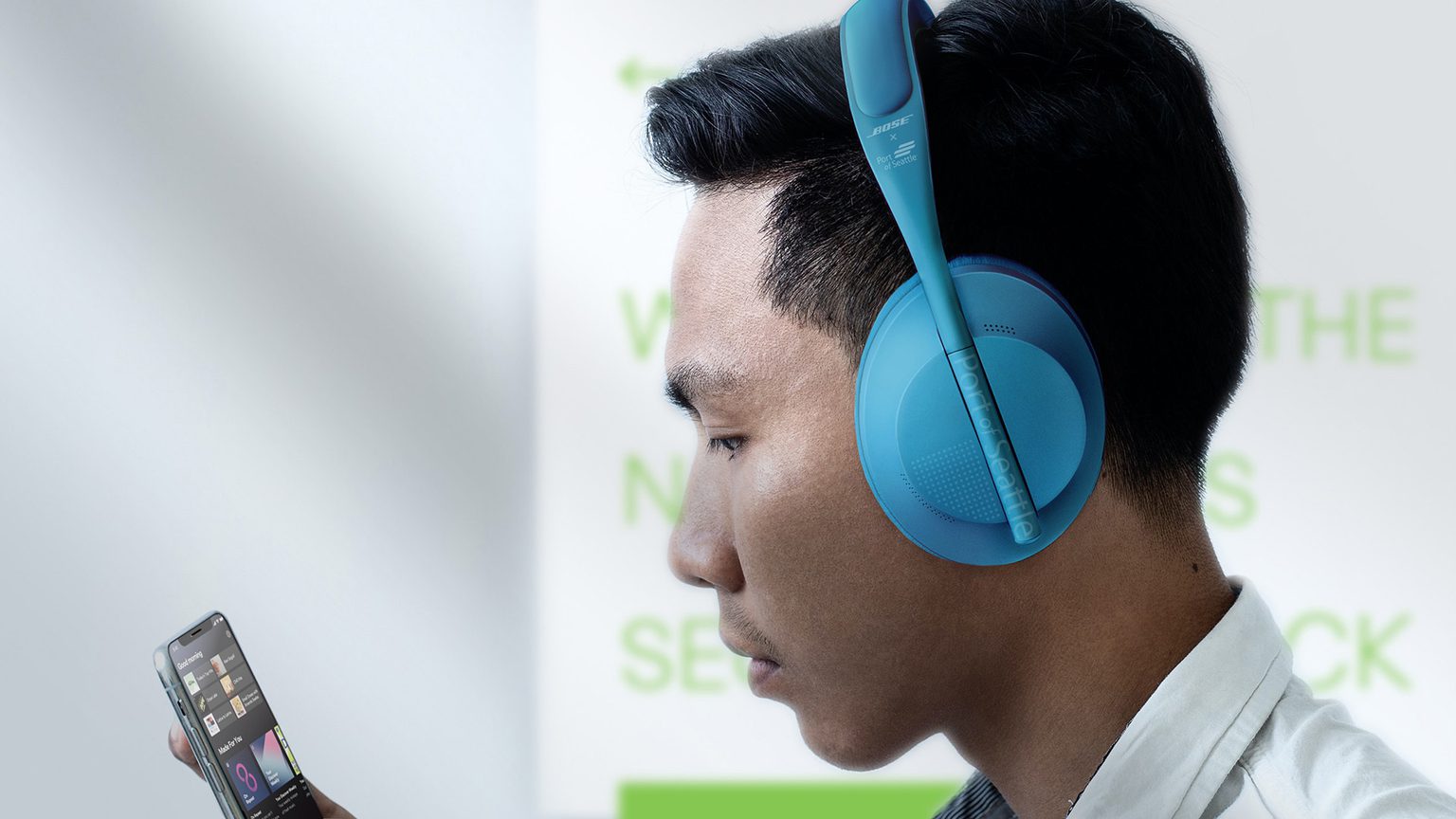
UNEXPECTED MOMENT No. 3
Urban transportation involves a lot of multimodality, with city dwellers using traditional hub-and-spoke systems (e.g., buses, subways, light rail lines, as well as street cars and water taxis) along with newer bikeshare and other micromobility services. While it’s common for a commute to require moving from one mode of transportation to another, what’s often missing from this multimodality is intermodality. Individual transportation options generally don’t yet interrelate to each other in ways that make the commuter’s experience faster, easier, and more efficient. Imagine your bus drops you off at a station with a reserved scooter waiting. Or, your airline automatically arranges ground transportation to pick you up right as you clear the arrivals terminal.
A truly intermodal experience will stitch together the entire transportation journey, ideally through a single app and payment. It’s likely that flying taxis will do a better job of intermodality from the beginning. Part of this will extend from operators’ efforts to satisfy concerns cities have about the equitability of flying taxis (e.g., the haves soaring above while the have-nots toil in traffic below), so operators will build in incentivized connections to subways and buses and shared bicycles and scooters. Another part of this will extend from the multimodal nature of the operators themselves; Uber, Lyft, and their ilk have been adding modalities to their platforms for years and will seek to integrate them for both profit and efficiency.
UNEXPECTED MOMENT 04
Connecting airports and city centers is remarkably complicated and inefficient for a lot of metropolitan areas. Absent a direct subway or light rail line, private cars and taxis are sometimes the main modality for transporting passengers to and from commercial aviation hubs. “Deadheading” cabs and ride-sharing vehicles that carry passengers into the city—but return to the airport empty in search of new fares—are inefficient both economically and environmentally. The previously mentioned series of queues and checkpoints greeting outbound airline passengers is another source of system inefficiency.
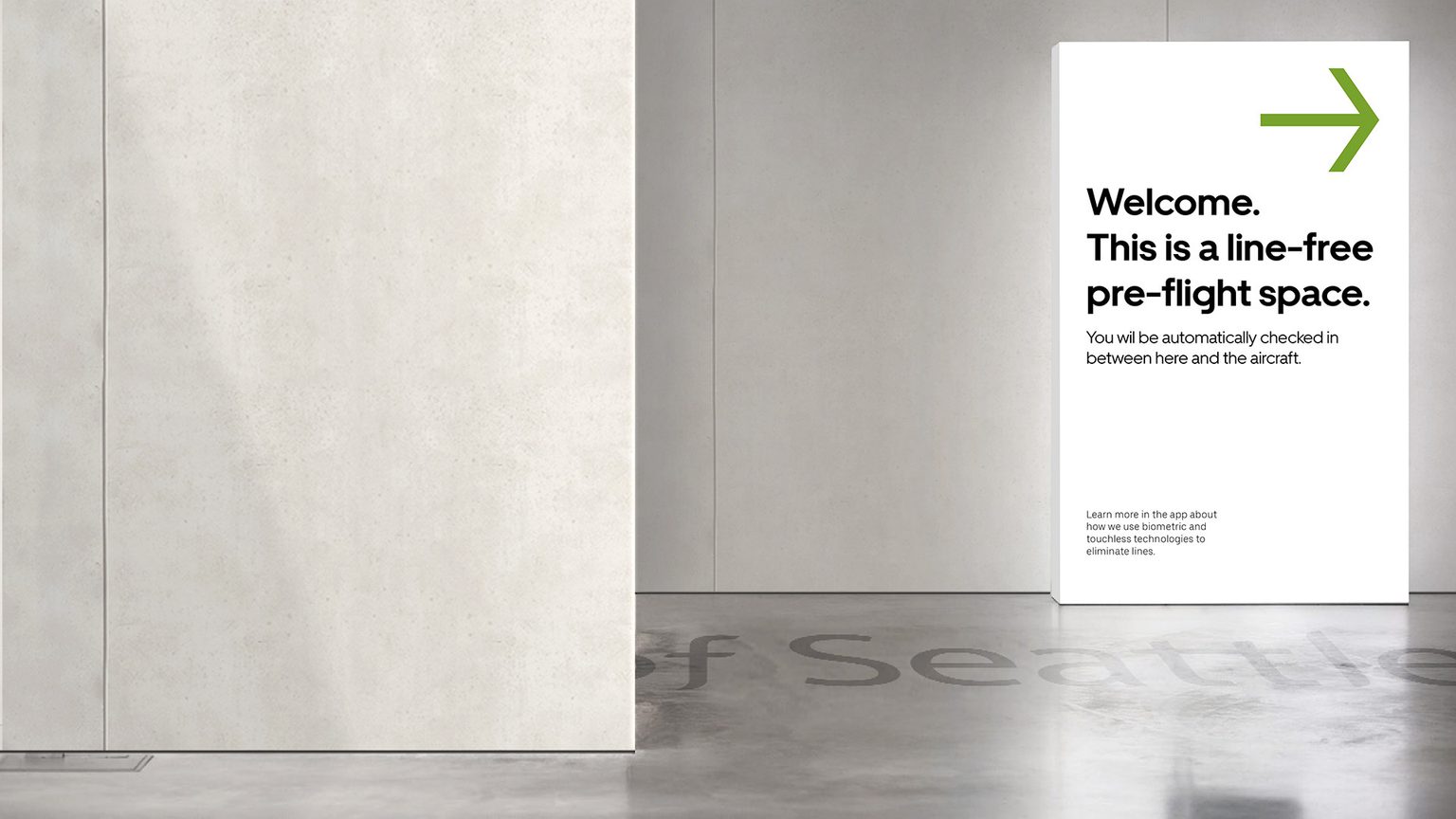
Urban air mobility can help sidestep these inefficiencies in a number of ways by decentralizing traditional barriers and processes. First, TSA screening processes don’t have to be confined to the airport; checkpoints can be placed at vertiports, and screening can even occur inside partner vehicles on the ground using facial recognition and other biometrics. This, in turn, presents another opportunity: subverting the land side/air side barrier within airports. In other words, screening passengers at a vertiport or inside a ground-based vehicle and then having a flying taxi deliver them directly to an airliner on the tarmac—skipping all of the hassles of ground transportation, bag checking, and the gate.
UNEXPECTED MOMENT 05
Here’s one that rings truer than ever: health and safety are a community effort. This will be important onboard urban air mobility vehicles as well, especially when they become autonomous and there isn’t a pilot present to ensure every passenger has buckled their seatbelt or is familiar with takeoff and landing sequences. For passengers, flights onboard these vehicles will also be more visceral compared to commercial jetliners; the sightlines will be more visually dramatic and the vehicle’s movement more physically perceptible.
Inspiring passenger trust in this context—an all-new modality (eVTOL aircraft) that will eventually operate autonomously (though not at first)—will require systems that connect passengers in a shared experience. Here, there will likely be cabin systems that combine sensors, cameras, and gesture-based passenger interactions. On board airliners, passengers seated in exit rows give a verbal “yes” to acknowledge their responsibility in the event of an emergency. In a flying taxi, with no crew, those interactions will have to happen differently, such as signaling seatbelt fastening through a “thumbs up” or raising your hand to confirm that you’ve occupied the correct seat for proper load balancing. Taken together, these systems and interactions will prompt passengers to take co-ownership of flight sequences that both create community and enable autonomous operation. This is more important than many might realize. The safe and trusted operation of shared autonomous vehicles will require these all-new systems and interactions between passengers and operators—or shared autonomy won’t work. Yes, those sensors and cameras will inform remote flight monitors in ways that ensure the safety of passengers. At the same time, without a crew physically present, we’ll also need to grow in our responsibility to ourselves and our fellow passengers.
The article was originally published in Fast Company magazine.
Illustrations by Nick Ross & Amanda Welch